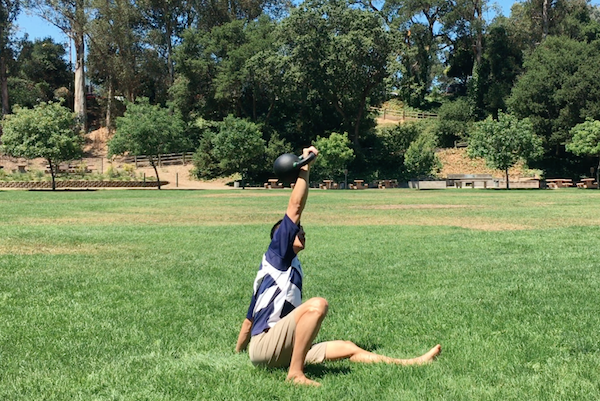It’s the weekend again. Time is flying by. The world is wasting itself trying to wait out the virus. No one knows what that means or looks like. So everyone dumbly waits.
This week has been a solid one for training. I decided to add squats to my PTTP routine of deadlifts and presses. Rather than do two sets of five on squats, I am doing the good 5×5. My reason is that I haven’t squatted for a very long time, and I am in no shape to start with heavy weight. The 2×5 was designed by Pavel Tsatsouline to train beginners with light weight. It’s a four times a week regimen, so there are enough repetitions of movement to get a new strength student accustomed to the lifts without fatiguing him.
However, I’m not new to strength training. Since I’ve squatted 370 lbs. at 168 body weight, I have experience. But I’m currently not at this level of absolute strength. So I found myself in an interesting situation which isn’t much addressed by training programs geared toward the new and the experienced – I’m experienced and rusty.
I’ve been training with kettlebells for the past three years, aside from a few months of barbell training to learn the StrongFirst Lifter instructor ways. This training built a different kind of strength. I’m faster and better wired, in a neurological sense. My shoulders and back are healthier than ever, since sports injuries during high school. But in terms of absolute strength, I needed to start from scratch.
Interestingly, because I’ve built up my swings to the 32kg kettlebell on the Simple & Sinister regimen, I retained some absolute strength on the deadlift. I also boosted strength on the deadlift by training in the Easy Strength method of 10 reps total per session, multiple times a week. So for deadlifts and presses, I went with the 2×5 scheme on PTTP for the past couple of months.
My squat, on the other hand, had very little practice. Aside from get ups, through which I did single leg lunges, I never squatted with very much weight. I needed to start from the beginning, just the greasy bar with naked sleeves.
It took a few sessions to warm up and get my joints accustomed to the load. I’ve been going easy, stopping the set when I felt a little twinge of pain, or that locking sensation in the thighs and calves. Funny how the body tells you when it’s a bad idea to continue.
So here I am, squatting the same loads I started with way back in 2014 on StrongLifts 5×5. I even dusted off Medhi Hadim’s website to refresh my mental catalogue of queues and technique. It feels good to build from the ground up, in a literal and figurative sense.
I’m alternating deads and presses, doing either movement with squats, four days a week. On the rest days I continue with the S&S regimen, although I decided not to use the 40kg on any getups anymore. I found that with so few days of kettlebell training, my neck and shoulders are not keeping the strength I had built up to a couple of months ago. So I’m simply maintaining a level of strength with the 32kg until I can return my focus to the kettlebell.
Live powerfully,
Steve








